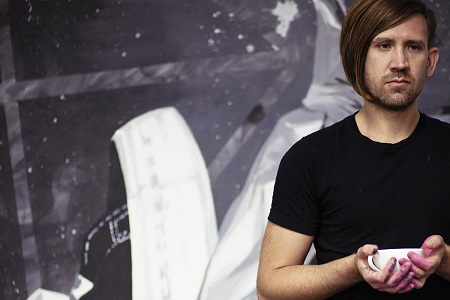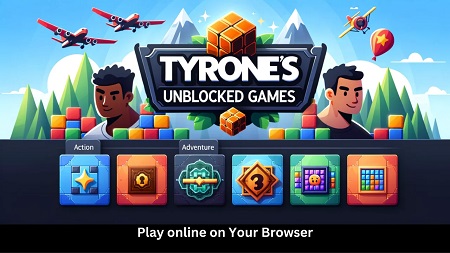
Introduction to jokes that spark other jokes
In the vast landscape of humor, certain jokes possess a magical quality—they don’t just elicit a chuckle but trigger an avalanche of other jokes, creating a ripple effect of laughter. Recently, an article from The New York Times delved into this fascinating phenomenon, examining a particular joke that has sparked a series of humorous responses. In this article, we’ll explore the mechanics behind this comedic domino effect and why some jokes have the power to ignite a chain reaction of laughter.
The Anatomy of a Joking Chain Reaction
1. The Power of Relatability
One key factor in a joke’s ability to generate other jokes is its relatability. When a joke resonates with a broad audience, it provides a common ground for others to build upon. This shared understanding allows people to riff on the original joke, creating variations that still adhere to the core theme but introduce new twists.
2. The Role of Structure
Successful jokes often follow a recognizable structure—setup, punchline, and sometimes a twist. This predictable format can be easily adapted and modified, allowing comedians and casual jokesters alike to experiment and create their own versions. For example, the classic “Why did the chicken cross the road?” setup has been used as a template for countless variations.
3. The Influence of Social Media
In today’s digital age, social media platforms play a crucial role in amplifying jokes and their spin-offs. Memes, tweets, and viral videos can rapidly spread a joke across different demographics, encouraging widespread participation and creativity. This networked environment helps jokes evolve and adapt in real-time.
Examples of Comedic Ripple Effects
The Classic Chicken Joke
One of the most enduring examples of a joke that has inspired numerous variations is the “Why did the chicken cross the road?” joke. Its simple structure and universal theme have led to a multitude of adaptations, each bringing a new perspective or punchline to the table.
The “Dad Joke” Phenomenon
Another notable example is the rise of “dad jokes.” These often cheesy, pun-filled jokes have become a genre in their own right, with many people crafting their own versions to amuse and entertain. The charm of dad jokes lies in their predictability and innocence, which makes them ripe for comedic experimentation.
Why These Jokes Matter
Building Community
Jokes that spark other jokes help build a sense of community. By participating in the joke-telling process, individuals feel connected to a larger group, sharing a collective experience of humor. This social bonding can enhance group cohesion and create a shared cultural reference point.
Fostering Creativity
The process of riffing on a joke encourages creativity. When people take an existing joke and put their own spin on it, they engage in a form of creative expression. This not only provides entertainment but also helps individuals develop their own comedic voice.
Conclusion
The joke that sparks other jokes is more than just a source of laughter—it’s a cultural phenomenon that highlights the power of humor to connect people and inspire creativity. By understanding the elements that contribute to this comedic ripple effect, we can better appreciate the nuances of humor and its role in our social interactions. Whether through classic setups or modern memes, these jokes continue to bring people together, proving that laughter truly is a universal language. Mini Crossword nyt
Call to Action
If you’ve encountered a joke that inspired a wave of others, we’d love to hear about it! Share your favorite examples in the comments below and join the conversation on social media using the hashtag #JokeRippleEffect.




